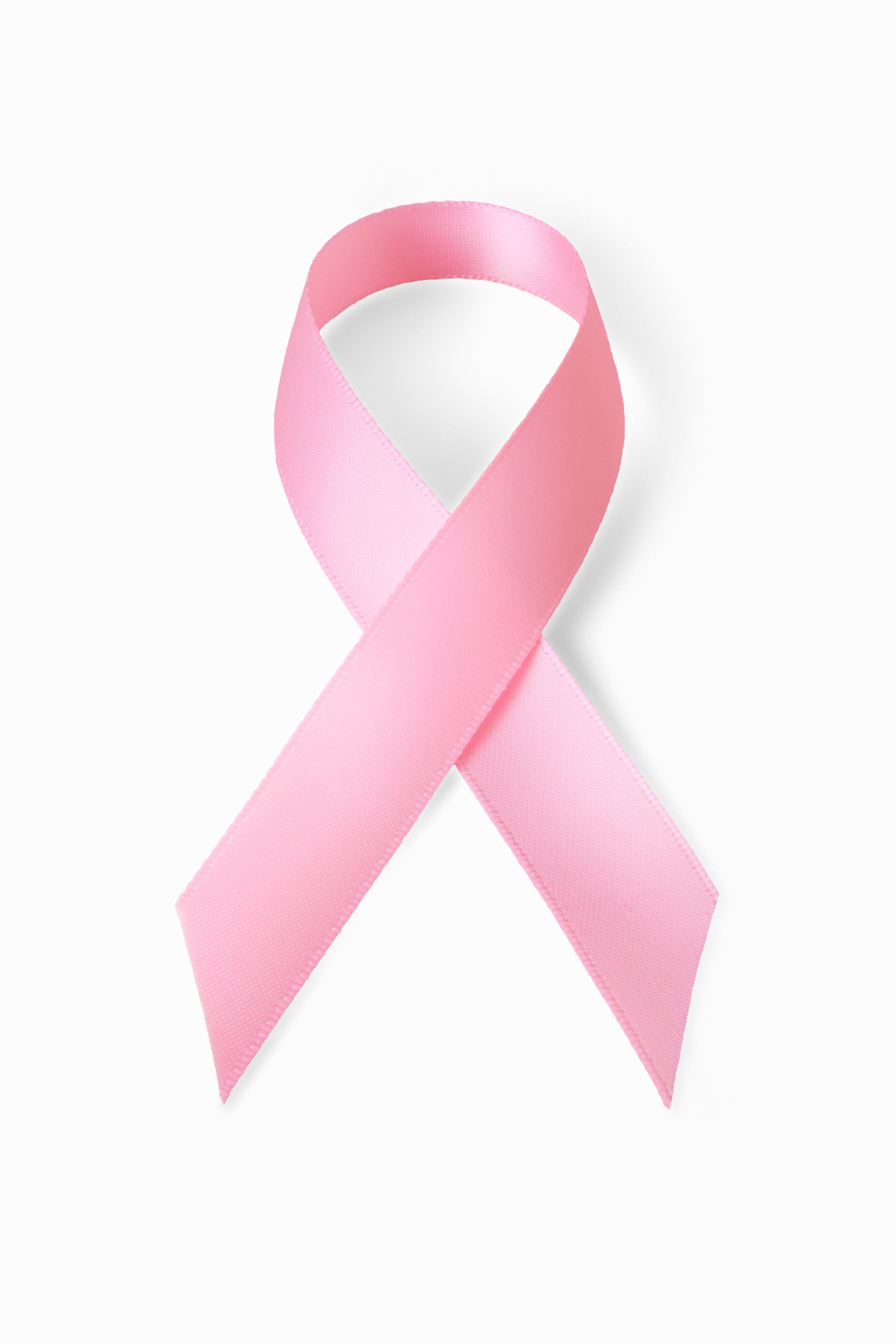
In the latest analysis of worldwide data from the World Health Organization, researchers led by Cecile Pizot from the International Research institute in Lyon, France, found that in 39 of the 47 countries studied, breast cancer death rates have declined from the 1980s to 2013. The report was presented at the San Antonio Breast Cancer Symposium of the American Association for Cancer Research. In the U.S., for example, mortality dropped by 42% in that time. Encouragingly, mortality dropped more dramatically for women under age 50, but it’s not clear whether screening or treatments, or a combination of both, are responsible.
While it may make sense to assume that screening with mammography is contributing to early detection of cancer among younger women, Pizot notes that both Netherlands and Belgium had similar breast cancer mortality rates in the 1980s, and experienced similar declines in deaths. That’s despite the fact that Netherlands introduced widespread mammography screening in 1988 and Belgium didn’t do so until 2005. “The decline in mortality was the same irrespective of the introduction of mammography,” she says. “So our hypothesis is that screening mammography is not responsible for the decline in mortality.”
Other factors, including use of certain drug or other cancer treatments, may be at work. Pizot says that different health care systems, and differing strategies for managing cancer are also important to consider.
Equally significant are lifestyle factors that have also been implicated in breast cancer risk — things such as diet, exercise and environmental exposure to potential cancer-causing agents including chemicals found in plastics or other products of everyday living. That may be a major reason for the rising death rates among women in South Korea, for example, which saw an 83% increase mortality rate during the study period. That higher rate could be attributed to the western lifestyle that’s been adopted in the country in recent decades, with the introduction of new environmental, dietary and industrial exposures that weren’t present before in the country’s largely pre-industrial, agricultural society.
While Pizot’s study does not delve into the reason for the discrepancies, the data suggest new areas of research and countries where scientists can focus their attention to better understand the most effective ways of lowering breast cancer deaths.
More Must-Reads from TIME
- Donald Trump Is TIME's 2024 Person of the Year
- Why We Chose Trump as Person of the Year
- Is Intermittent Fasting Good or Bad for You?
- The 100 Must-Read Books of 2024
- The 20 Best Christmas TV Episodes
- Column: If Optimism Feels Ridiculous Now, Try Hope
- The Future of Climate Action Is Trade Policy
- Merle Bombardieri Is Helping People Make the Baby Decision
Contact us at letters@time.com